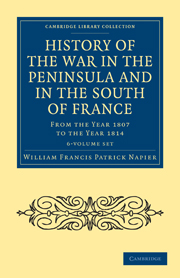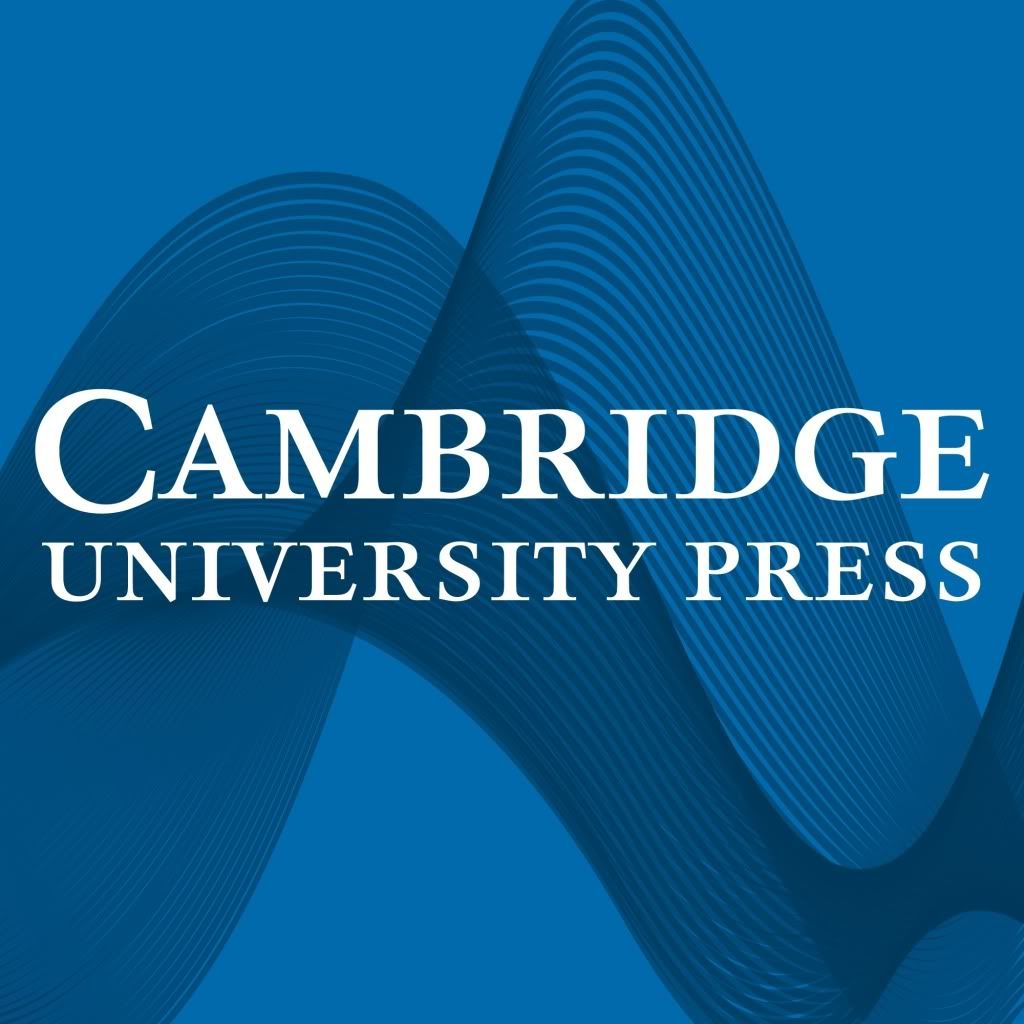 One of the (many) delights of working on the Cambridge Library Collection is that I frequently come across a wonderful book about which I previously knew absolutely nothing – I’d never heard of the author; I wasn’t in contact with the advisor who suggested this book; the production process was sufficiently painless that the title didn’t register with me as a cause of wailing or lamentation. So when I picked up the inspection copy of Sir Andrew Halliday’s The West Indies (published in 1837) to check that it was clean, intact and whole, I had no expectations. But the candid good humour of the first page drew me in: ‘My reasons for going to the West Indies: – Some men travel for their amusement, – others to acquire knowledge, and not a few in search of health; I was unfortunately of the latter class. ‘ He had gout, ‘ that most severe of human ailments’, and before the age of fifty was in constant pain and could barely walk. ‘. . . as a last chance it was recommended that I should try the effects of a warm climate. When the opinion of friends so entirely coincides with one’s own wishes, as this did with mine, it is pretty certain their advice will be followed.’
One of the (many) delights of working on the Cambridge Library Collection is that I frequently come across a wonderful book about which I previously knew absolutely nothing – I’d never heard of the author; I wasn’t in contact with the advisor who suggested this book; the production process was sufficiently painless that the title didn’t register with me as a cause of wailing or lamentation. So when I picked up the inspection copy of Sir Andrew Halliday’s The West Indies (published in 1837) to check that it was clean, intact and whole, I had no expectations. But the candid good humour of the first page drew me in: ‘My reasons for going to the West Indies: – Some men travel for their amusement, – others to acquire knowledge, and not a few in search of health; I was unfortunately of the latter class. ‘ He had gout, ‘ that most severe of human ailments’, and before the age of fifty was in constant pain and could barely walk. ‘. . . as a last chance it was recommended that I should try the effects of a warm climate. When the opinion of friends so entirely coincides with one’s own wishes, as this did with mine, it is pretty certain their advice will be followed.’
Pausing only to obtain a post as Inspector of Army Hospitals in a warm clime (his first choice was Corfu), for which his c.v. as a Waterloo veteran and personal physician to King William IV doubtless came in useful, he was off. The packet-boat he sailed in, the Pandora, was the first of a new class of ship, and the captain was therefore making more than the usual number of observations about her performance. Halliday recounts enthusiastically the speed with which other, more lumbering boats could be overtaken when the wind was in the right quarter; but when they arrived in Barbados, his gout was so bad that he had to be winched up on deck from his cabin, and lowered into a boat which took him to the waterside hotel where he was heaved on-shore. ‘But I have said enough, and more than enough, on self. The reader now knows why I went to the West Indies, and the way in which I got there; and therefore it is time to put an end to this very uninteresting, but fortunately short chapter.’
Once on land, the gout receded, and he began with his customary gusto to find out everything he could about his surroundings: the geology, natural history, political and economic history, the works. A chapter is taken up with descriptions of two major catastrophes to befall Barbados: the great hurricane of 1831, and the volcanic eruption of the volcano Mont Soufrière on the neighbouring island of St Vincent in 1812. He was a witness to neither event, but his accounts – drawn from contemporary reports and from the eye-witnesses he interviewed – are both detailed (almost minute-by-minute) and enthralling.
The main purpose of the journey was of course to inspect the military barracks and the hospitals on the islands, and his account is a fascinating mixture of common sense and great indignation. What is the point, for example, of shipping English and Irish salt beef and pork across the Atlantic to feed soldiers in an environment where it was difficult to keep them adequately hydrated in the first place (owing to the lack of a reliable supply of clean fresh water), and where fresh meat could be obtained without difficulty from local suppliers? He pulls no punches in his references to ‘my Lords of the Treasury’ and the British suppliers with who they were doubtless hand-in-glove. The stupidity of the diet, combined with the soldiers’ ‘natural’ tendency to drink alcohol rather than water to quench their thirst, meant that their constitution was weakened within weeks of arriving in the West Indies, leaving them prey to any disease which the Miasm provided by the undrained marshy areas near which they were barracked could produce – and the results were usually fatal.
But Halliday was interested in everything that crossed his path – literally, in the case of the ants who marched solemnly for days on end through his house in Trinidad. The numbers of different humming-birds, from bee-sized to lark-sized, clearly enthralled him, as did the ‘ichneumon fly’ which created prison cells of mud on his ceiling in which to keep the caterpillars which provided a living larder for its developing offspring. He visits the burning well of Barbados and the tar-pits of Trinidad. He discusses the various indigenous tribes of the islands and of British Guiana, and notes the native names for birds and animals together with their Linnaean ones. And one thing that recurs time and time again is his conviction – both from what he has seen for himself and what he has been told – that the abolition of slavery in the West Indies (by Act of Parliament in 1833) has proved in every way beneficial not only to the freed slaves but to their formers masters and to the economic prosperity of the colonies.
Sadly, the gout came back. Halliday returned home to Dumfries, Scotland: ‘My disappointment was great, but the pain greater; and the only comfort I have had for many months has been in writing this book.’ He died in 1839, at the age of 57.
Caroline


